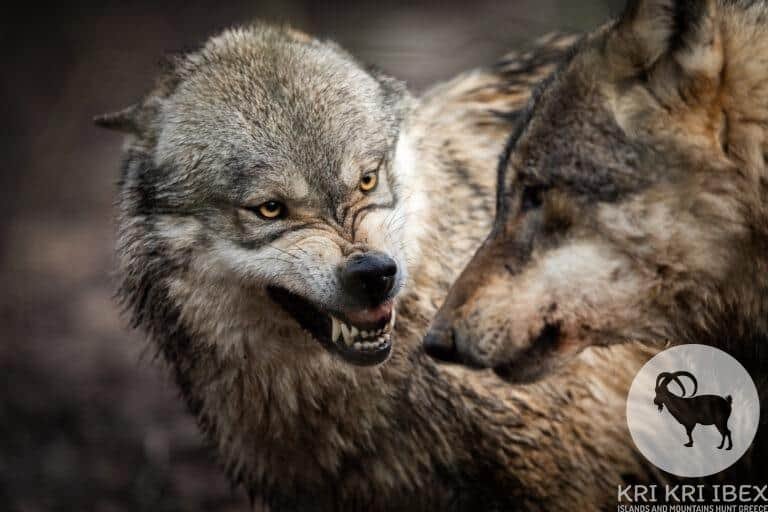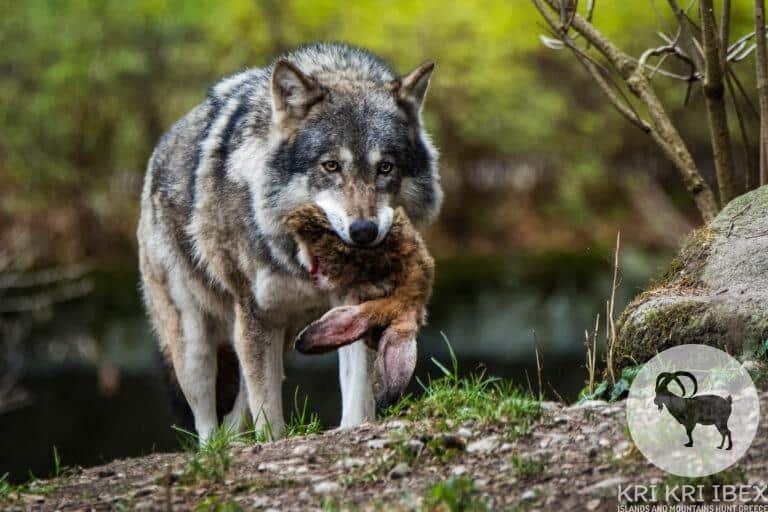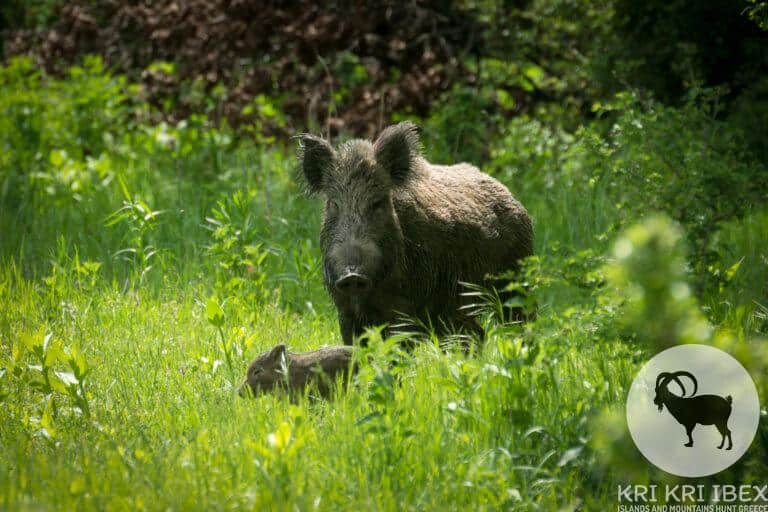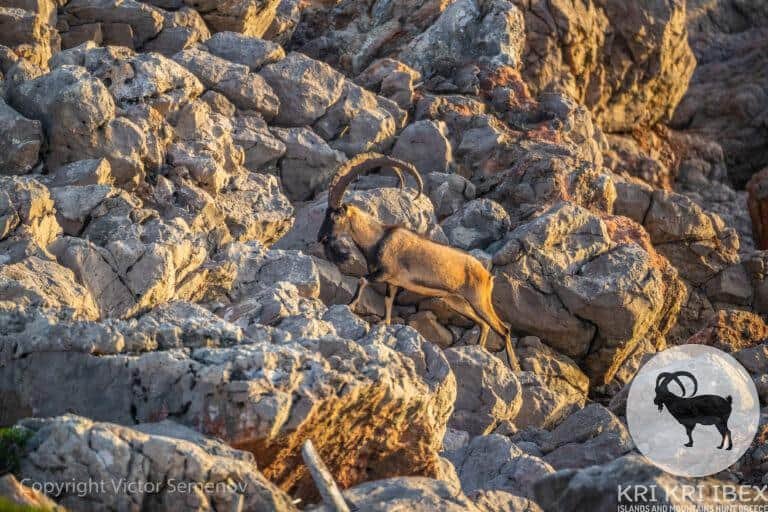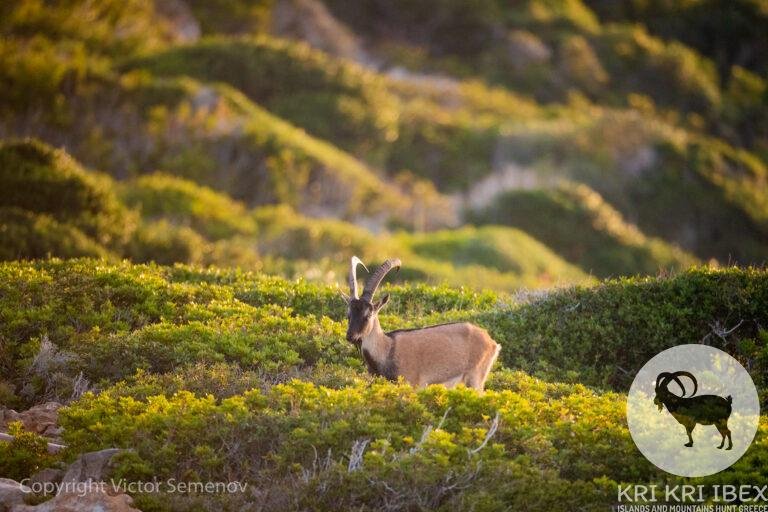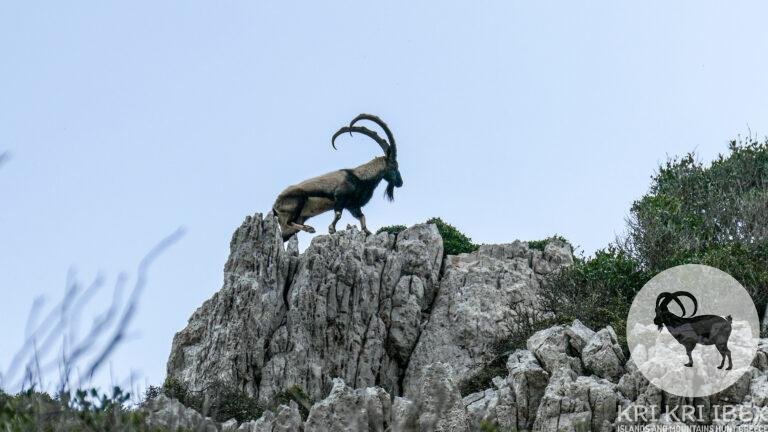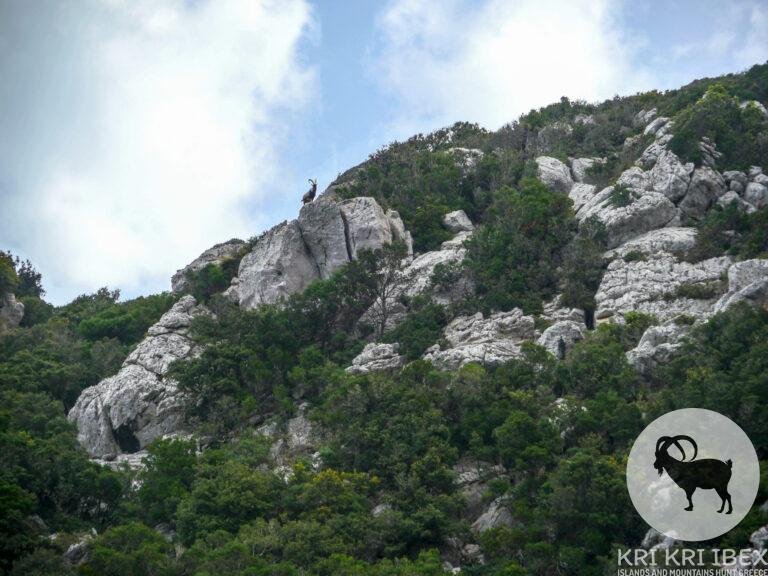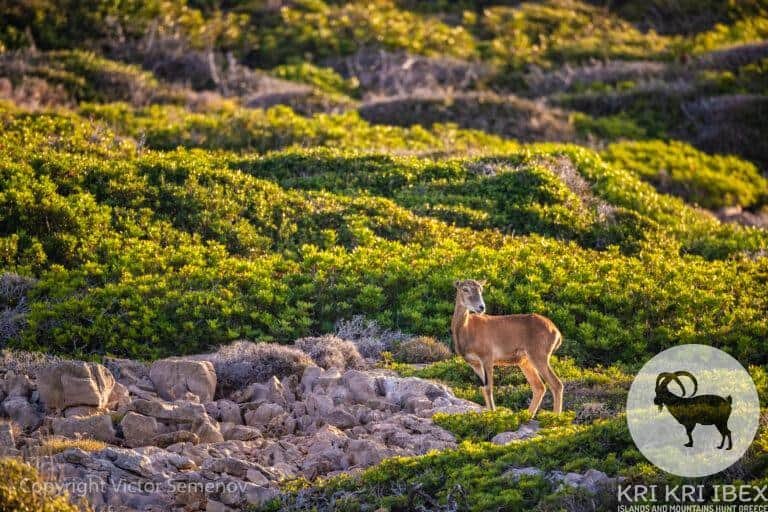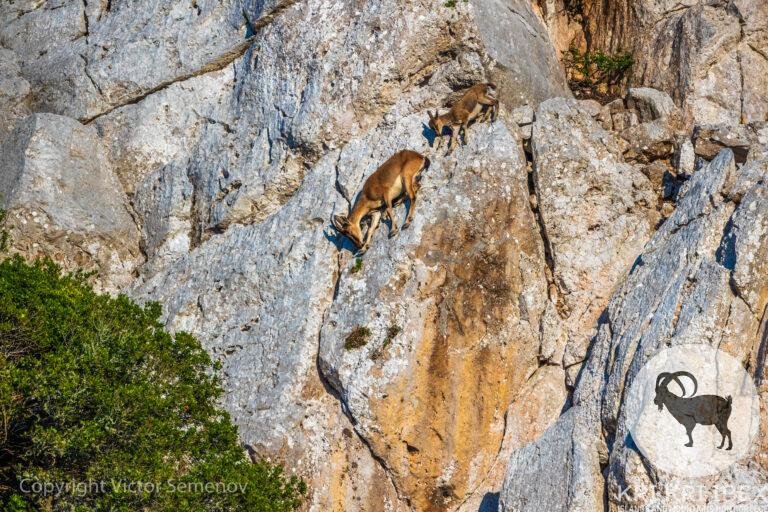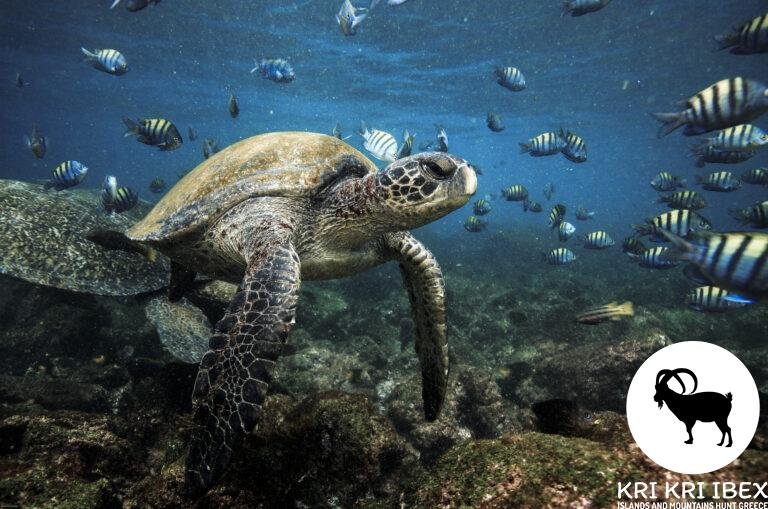- An adult person in public space
- People at work in public space (e.g. policemen)
- Groups or assemblies of people (celebrations, demonstrations etc.)
However, keep in mind that people are full of fears, especially in big cities. They may feel that a photographer intrudes their personal space and privacy rights. Approaching people with a smile, politeness and trust is always a good starting point. Some photographers think that you cannot capture spontaneous, unexpected moments or expressions this way. The reality is that when people get accustomed to your presence they tend to forget about you. You have to first earn their trust and respect and then click the shutter!
The law assumes that consent has been provided silently if the depicted person has been paid by the photographer or has paid for the photography session.
It’s not legal to photograph people without their consent:
- People in their private space
- Monks in monasteries
- Children (required parents permission)
- People arrested and transported to court by the police
In practice, we have never had any problem with people photography in Greece. In our photography expeditions, your photo guide will take care of the communication with local people that you want to shoot their portraits. We always politely ask before shooting the portrait of a person.
Architecture, art, archaeological sites and museums, private properties, special environment preserves.
It is legal to photograph public properties:
- Public buildings
- The facade of private buildings when shooting from public space and not interfering with the privacy rights of the property owner
- Works of art in public places (sculptures, graffiti etc)
- Most of the archaeological sites and public museums (with exceptions)
- Most churches with taking great care to be quiet and discreet. No flash and tripods.
Photography in archaeological sites and museums
Photography in archaeological sites and most museums is permitted with a handheld camera without flash as long as the photos will not be used for professional/commercial purposes. No tripods allowed and in most cases if you carry a tripod you’ll be asked to leave it at the entrance. In some museums or areas photography is restricted.
You can obtain a license from the Ministry of Culture for shooting for commercial purposes at archaeological sites and museums. Special fees apply.
A general museum policy prevents visitors from photographing ancient sculptures with people next to them. This restriction is created out of respect for the ancient pieces of art.
Photography in special wildlife preserves
Photography in special areas and wildlife preserves is not permitted without special license. A general wildlife protection policy prevents visitors from visiting and photographing the wild animals in these areas without special permit. This restriction is created out of respect for the animals safe.
Photographing monasteries and monks
You can photograph monasteries, just be aware that you may need a permission from the Ministry of Culture to publish those pictures. You cannot photograph monks! But you can politely ask though! In our photography trips, your photo guide will take care of the communication with monks.
Never take photos of military establishments
NEVER! You will get yourself into real trouble!
It is not legal to photograph private properties or sensitive areas without consent or license:
- Inside of private buildings
- Private museums
- Military establishments (NEVER!)
- Industrial establishments
- Large ports
- Monasteries (you must ask first)
Publishing photographs
Commercial use
Model & Property releases are required for every commercial application of the photographs (advertising etc.).
Editorial use
Editorial usage may or may not need Model & Property releases but this is quite a complicated matter with many parameters involved. The general idea is that the laws pertaining freedom of the press and freedom of the arts are counterbalanced by the privacy law and personal rights.
Photographs of the works of contemporary artists shot in public space (sculptures, graffiti, architecture etc.) are for personal use only. Publishing those photos requires an explicit license from the artist.
Social media sharing
Uploading photographs of recognizable people without their consent to social media is considered personal data processing and this may be a violation of the privacy law.
Street photographers shooting homeless people without their consent and then uploading those photos to social media. This action could negatively affect the personality, life and future of those unlucky people. Unless you are a professional photojournalist and know what you are doing, better find another subject to shoot (or find another way to help them).
Drone photography & videography
The regulatory framework for the operations of drones in Greece is based on the Proposal for common rules for operating drones in Europe developed by the European Aviation Safety Agency. Here is the greek implementation of the Regulatory Framework for Unmanned Aircraft Systems – UAS (in greek).
In short most amateur and professional drone photographers and videographers will be interested in the “Open Category” (The drone weighs less than 25 kgr) with the following requirements:
UAS Open Category
- The pilot is required to have direct eye contact with the drone with a max distance of 500 m
- Max flight height is 400 feet (120 m)
- The operator is responsible for keeping a secure lateral distance of more than 50 m from people and private properties
- The operator must be registered to the Department of Aviation Authority
Flights are forbidden (or require a special license):
- In restricted areas as published by the aeronautical publications of the Department of Aviation Authority ΥΠΑ (NOTAM).
- Less than 8 km from airports
- In civil or military controlled airspace
- Over or near military installations
- Over or near industrial installations
- Over restricted areas (e.g. Schools, Hospitals, Stadiums, Prisons, etc.)
- Over or near urban areas such as villages, towns and cities
- Over or near public buildings and utility facilities
- Over or near archaeological places
- In environmental protected areas
- Flights over an assembly of people or with a lateral distance of less than 150 m
- Over 400ft (120 m) above ground level
- Outside of direct line of sight
- Over or within 50 m of any person or private property
- Farther than 500 m from the drone operator
Be advised that there may be privacy or trespass laws or other legal issues that should be taken into consideration by the person operating the drone.
Flights over people assemblies require a special professional license along with flight safety devices (parachutes, foam material, etc.).
Professional operators
Professional operators are those using the drone for commercial purposes and need to meet the following requirements for obtaining their operator license:
- Professional operators registration
- Deposit (annual)
- Third party damages insurance
- Confirmation of required knowledge of the basic regulations of air traffic
- Health certificate (Class 3 Medical Fitness)
- Practical experience certified after successful execution of four (4) take-offs / landings in front of a qualified Civil Aviation Authority instructor
- Very good knowledge of Greek language
- Adequate knowledge of English language (level ICAO English proficiency standard level 4)
- Adequate level of theoretical knowledge on aviation topics certified by a written exam in front of a CAA qualified instructor
- Practical exam in flying ability in front of a CAA qualified instructor
- Over 18 years of age
When all the above prerequisites are met you can apply your application along with all the above paperwork to CAA for your professional operator license.
Foreign professional operators
CAA can recognize and accept certificates/licenses issued by other Member States of ICAO if they have been issued with similar criteria.








